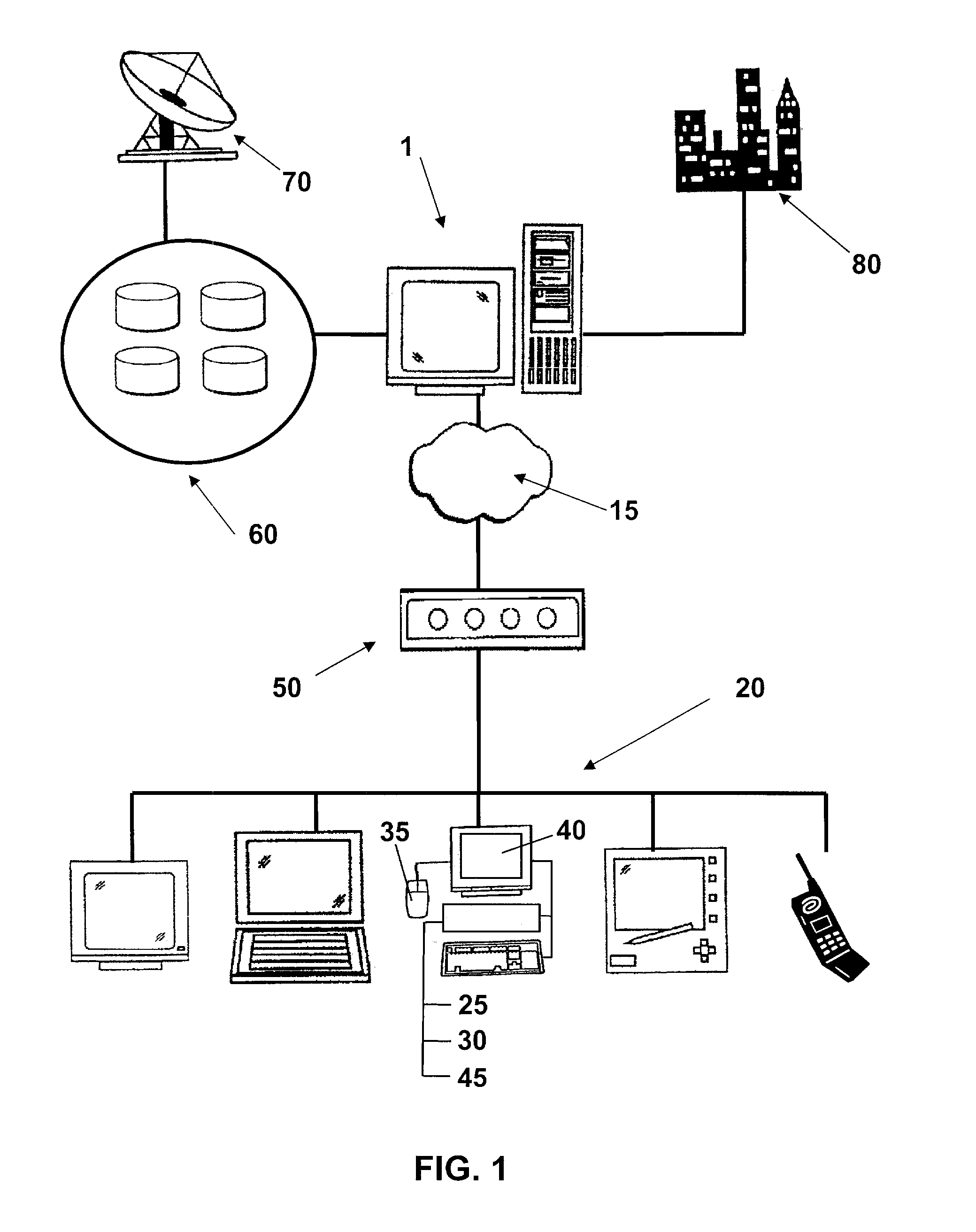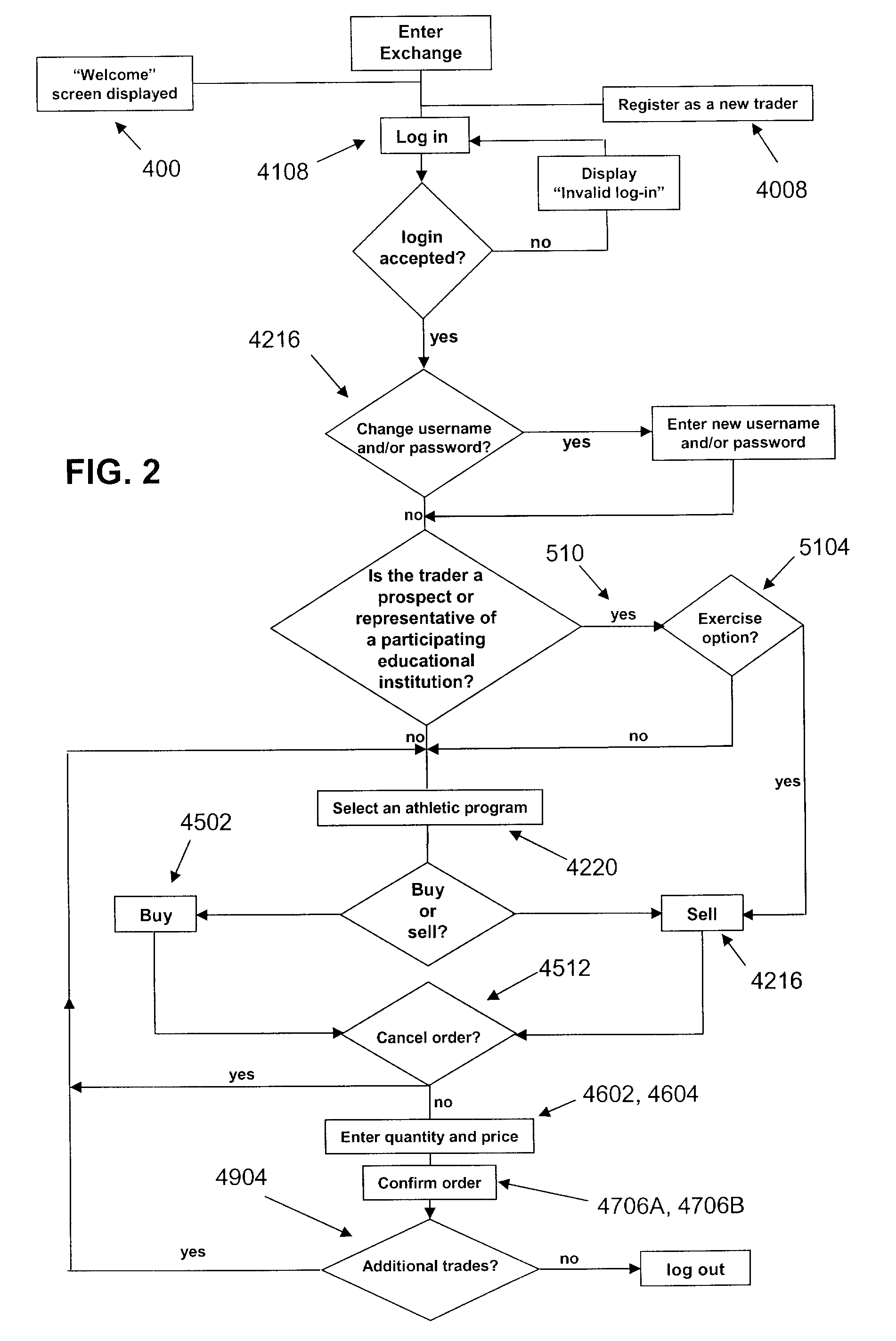In addition, student debt obligations have risen dramatically.
This disparity between the supply of and demand for education means that while education is one of the best investments an individual can make, the price risk of education is difficult to hedge because there are many more buyers of education (i.e., students and families) than there are sellers (i.e., colleges and universities).
Without outside funding, fewer than ten percent of athletic departments would have been able to support themselves with
ticket sales, television contracts and other revenue-generating means.
However, the athletic prospects who are the students that contribute to the generation of this revenue do not share in it.
Rather, as documented in testimony before Congress in 2003, they often live in poverty.
Furthermore, institutions do not have adequate tools for managing
economic risk related to athletic program assets and education program assets.
For example, the president of the National Collegiate Athletic Association (NCAA) has publicly stated that Division I collegiate athletics “do[es] not have a sustainable business model” despite the fact that: (a) participating institutions generate millions of dollars via operation of their athletic programs that is not subject to taxation; (b) these institutions do not pay any wages to the
athletes who contribute their
physical efforts to generating the revenue; and (c) the majority of these institutions provide additional cash subsidies to athletic programs by charging fees to all students attending the institution.
In addition, the chairman of the NCAA's
Task Force on Fiscal Responsibility has stated that “the
rate of growth of expenditures and revenues in intercollegiate athletics simply is not sustainable.” The former chairman of the NCAA's Division I Board of Directors has testified before the Knight Commission on Intercollegiate Athletics (Knight Commission) about the “inequity of the marketplace” for athletic prospects participating in collegiate athletics and has stated that higher education has not “been able to address how to use education as a commodity.” Finally, the former president of the Knight Commission has said that he does not believe that there will be a time when the NCAA or its members “do something so dramatic and wonderful that it really changes the situation.” These statements and findings demonstrate a clear and pressing need for the present invention.
In all collegiate athletic environments, one of the greatest risks to a program is the fierce competition among educational institutions to recruit and retain the most promising athletic prospects in order for an institution to maximize the chances of continuously maintaining an athletic program that is academically, athletically, and economically successful.
A traditional forward contract can be settled only by physical delivery of an underlying commodity and cannot be cash settled.
Instead, as the last trading date (known as the
settlement date) approaches, the buyer and seller execute offsetting contracts, thereby exiting the market and taking a corresponding profit or loss.
Unlike regulated futures markets, sports gambling activities cannot have any producers with bona fide hedging interests because laws, rules, regulations, league bylaws, and player contracts prohibit teams and their players from buying or selling a commercial interest in their own performance or in the performance of their rivals.
For example, a prospect bears the risk that he or she will live in poverty while participating in athletics and the risk that the demands of athletic participation will take precedence over academic development.
The institution takes the risk that its spending on its group of prospects will in the aggregate exceed the
economic return to the institution, and the risk that the prospect will not attain an academic degree.
A purely non-rival interest cannot be traded in a competitive market.
No non-rival educational athletic program commodity options or futures currently exist.
In addition, no exchange currently exists for an institution, a prospect or the public to hedge their long-term risks related to a prospect entering into an NLI (or related contractual) commitment with a particular institution or to determine the price of an institution's non-rival athletic program.
Likewise, no exchange currently exists for the non-NLI students at an institution to manage the risk of the rising cost of education during their years at the institution.
 Login to View More
Login to View More  Login to View More
Login to View More 


